| Working voltage |
5.00V DC |
|---|---|
| Working current |
40mA (MAX) |
| Response time |
<500ms |
| Insulation resistance |
100MΩ (Min) |
| Analog output |
0~4.5V |
The turbidity of water refers to the degree of turbidity caused by suspended substances such as silt, clay, organic matter, plankton and microorganisms contained in the water. Industrial-grade turbidity sensors or turbidity meters are expensive, and the cost is too high in the design of electronic products. Therefore, we have selected a turbidity sensor that is widely used in household appliances, washing machines, and dishwashers. The sensor uses optical principles to comprehensively judge the turbidity through the light transmittance and scattering rate in the solution. Inside the sensor is an infrared tube. When light passes through a certain amount of water, the amount of light transmission
depends on the degree of dirtiness of the water. The dirtier the water, the less light it transmits. Light
The receiving end converts the intensity of the transmitted light to the corresponding current size. The transmitted light is more and the current is larger. On the contrary, the transmitted light is less and the current is smaller.
The composition of the turbidity sensor module is shown below. The module is connected to the turbidity sensor through the 3Pin XH-2.54 connector. Adjust the knob of 10K blue potentiometer to adjust the trigger threshold of digital output.
The module pin definitions are as follows:
- VCC: Positive supply voltage, 5V cannot be used 3.3V
- AO: analogue signal output, output voltage range 0~5V
- DO: digital signal output is less than the set value and outputs high level; greater than the set value and outputs low level
- GND: negative supply voltage
- Module size: 38.6mm*22.1mm


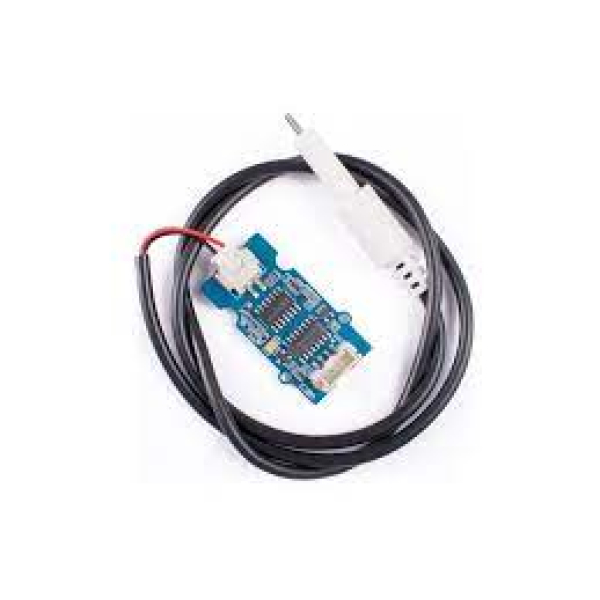
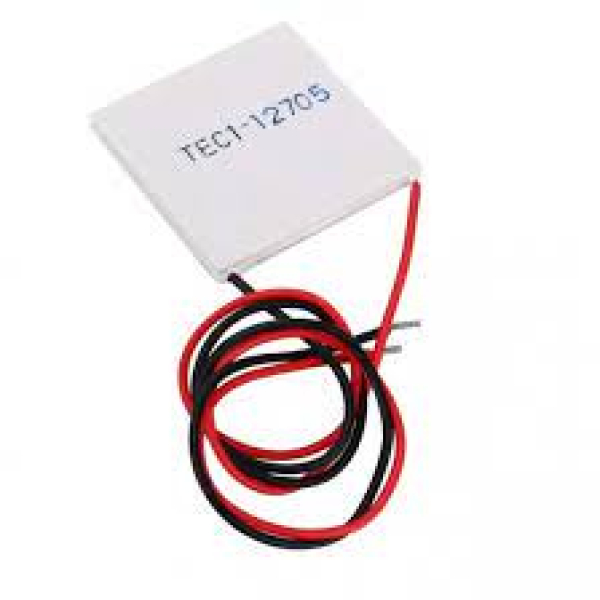
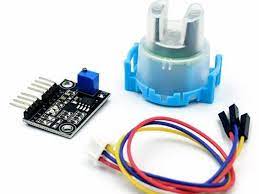
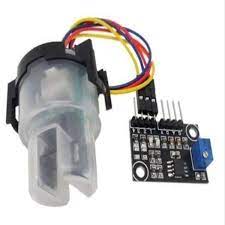
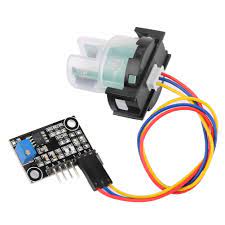
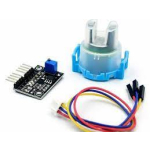
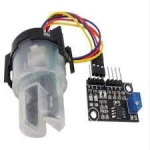




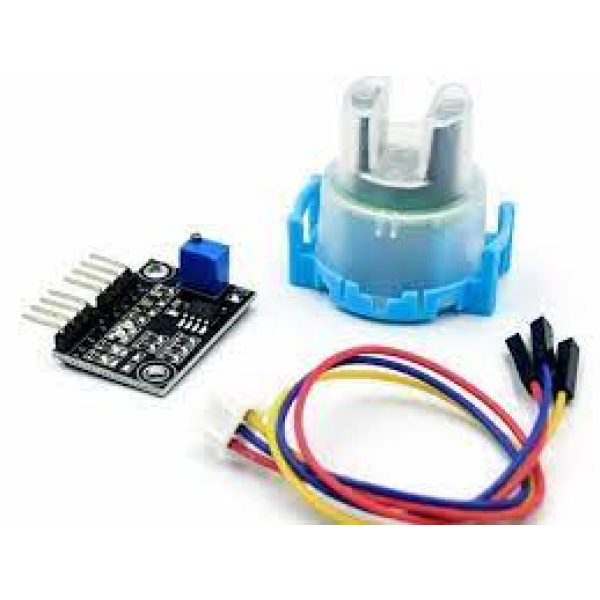
Reviews
There are no reviews yet.